The concept of No Man’s Land seems strange in relation to country walking. Surely it’s a military term, the terrain between two opposing armies, such as on the Western Front in the Great War?
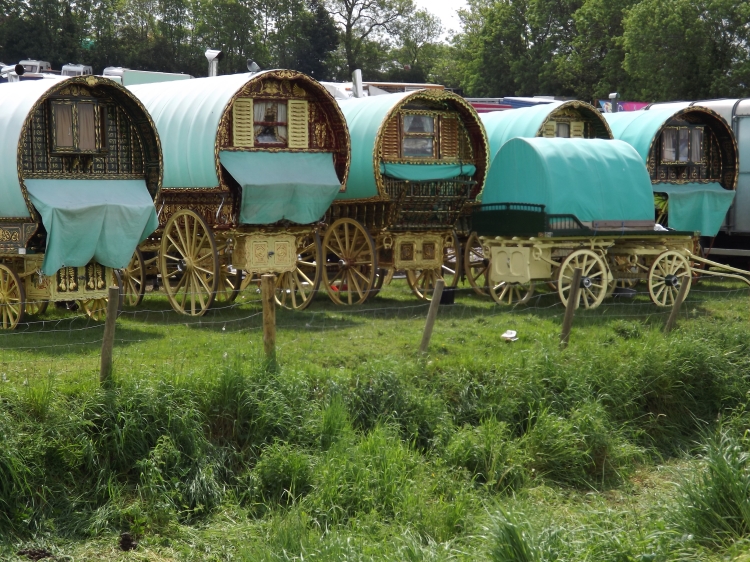
Eighty years ago, my father was stationed near Battle Abbey and Walmer Castle, waiting to participate in the Normandy Landings. The last minute briefings would have been taking a long hard look at the military concept of No Man’s Land. Interesting, I always think, that he was at a place so associated with the Norman Conquest in 1066, when he was about to go the other way and invade Normandy.
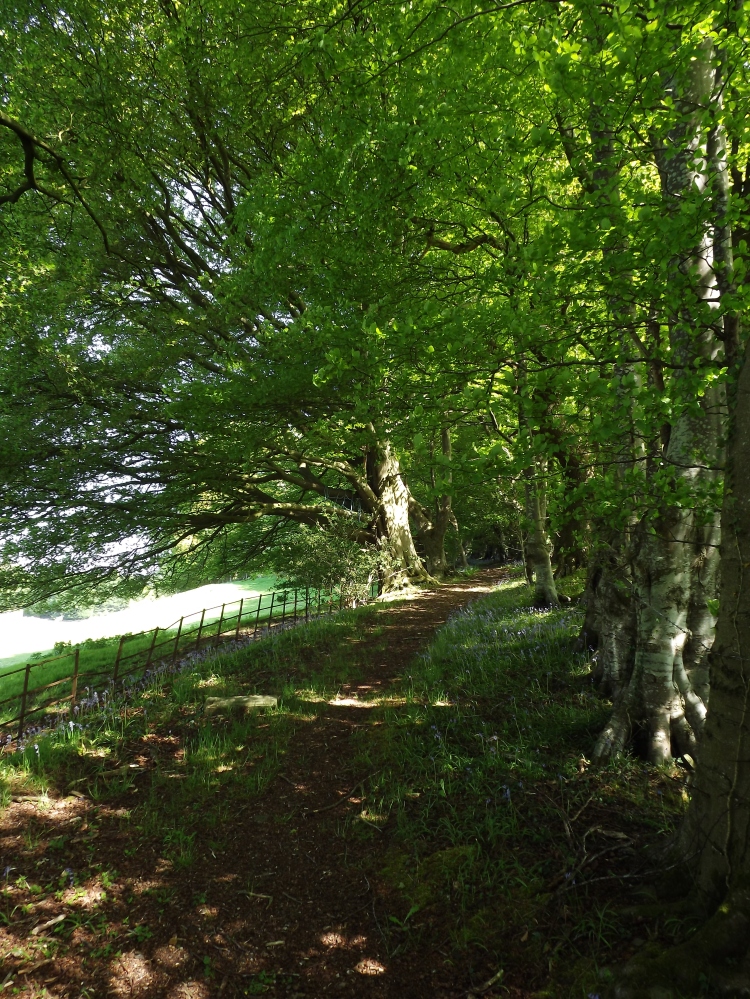
But in fact No Man’s Land has its origins a long way from military battlefields. No Man’s Land was literally that – those odd patches of land scattered around the edges of highways and heathlands that either had no owner, or had an ownership that didn’t realise they were included in a domain or places were two parishes met and no one could define the exact boundary.
It’s an old term – there are references in Domesday Book to land lying just outside the city walls of London. The term No Man’s land – historically nonesmanneslond, which the Oxford English Dictionary dates to 1320.
Sometimes, the term was applied to land subject to a legal dispute. George Borrow, in his wonderful book Lavengro, relates how he camps in Mumper’s Dingle, a deep valley embroiled in litigation.
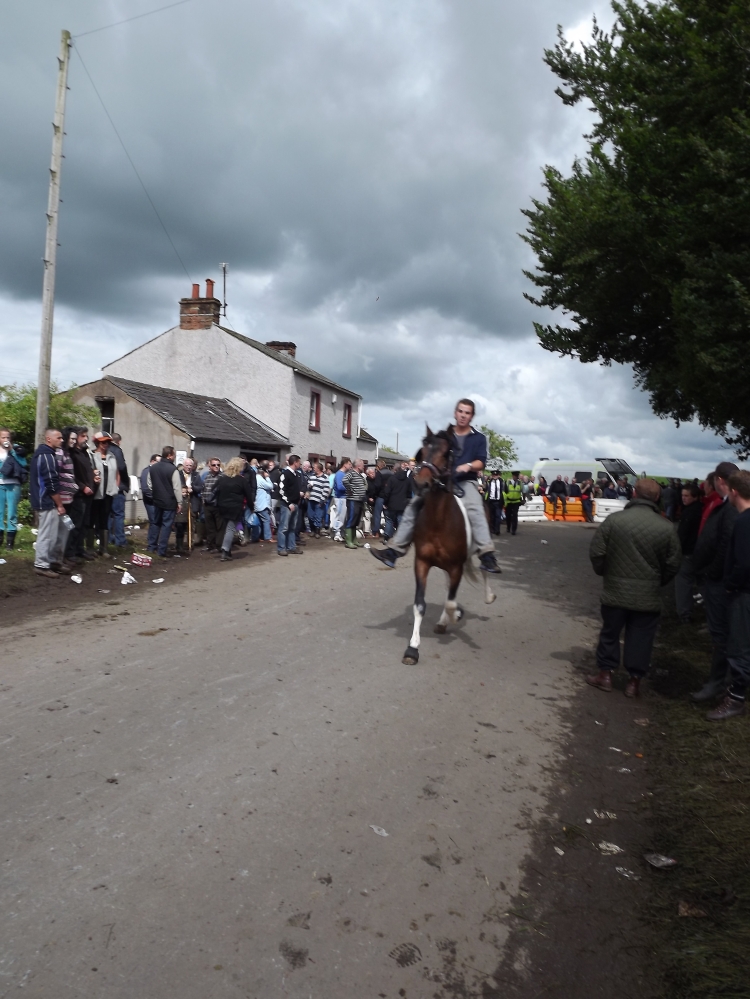
When I was a boy, we often visited a family of Gypsies who used such a stretch of land on the rural edge of the industrial Black Country. They were relatively safe, for the authorities couldn’t prove that anyone owned their site. Some had been born in the Black Patch, that area of Smethwick of dubious proprietorial legality, which is still renowned as a land of liberty.
No Man’s Land offered the opportunity to camp and reside – at least temporarily – in the countryside when the barriers were being put up during the dreadful times of the Enclosure Acts, when the majority were being robbed of their rights to the land. A situation that has not changed to this day, when 1% of our population own 50% of the lands in England.
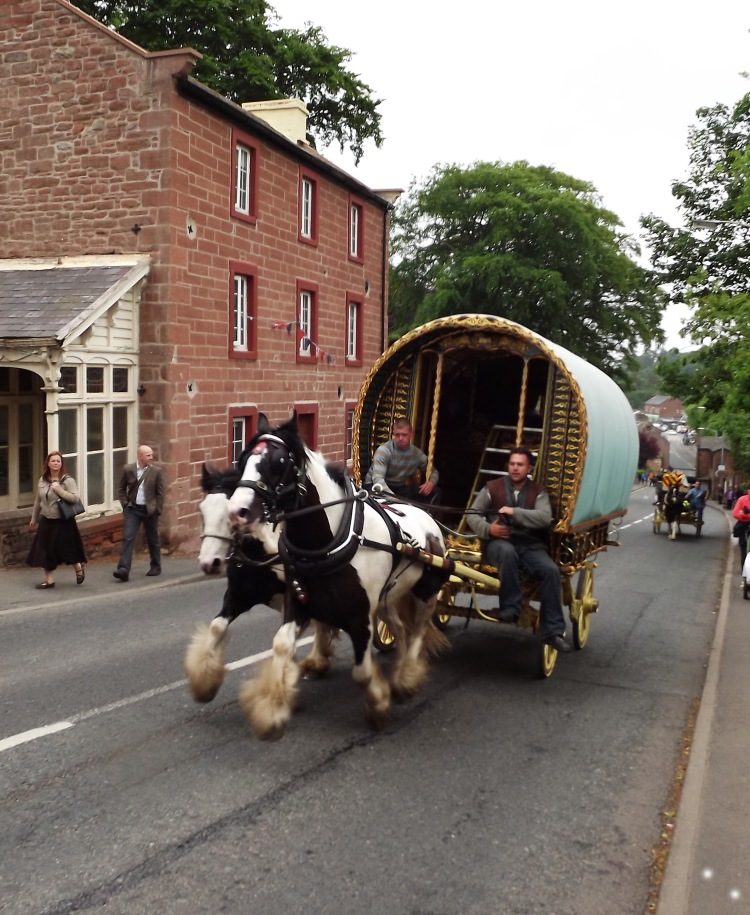
There’s also the thought that the No Man’s Lands of old represented in-between places, the stretches of land between the jealously-guarded private properties and the public highway, one of the few places you could safely access at a time of man-traps and spring guns. Places that were somehow in between what is lawful and what is not lawful. Another reason why the very idea was (and is) hated by the Establishment.
Ramblers and country walkers often found themselves in the forefront to reclaim some rights to the captured landscape. The iconic Kinder Scout Mass Trespass in 1932, which saw ramblers sent to jail by a loaded jury and a biased judge, shows how one has to fight hard to access our own land.
Those bits of No Man’s Land that survive are a hugely important part of our social history – they deserve preservation orders so that they might stay wild and free.
Up in Cumbria every June is the New Fair at Appleby (once the county town of Westmorland), the most important date in the Gypsy Calendar, attracting Romany travellers from all over Britain and beyond, who come to trade in horses and race horse-drawn sulkies in the “flashing lane” above the town to prove their worth. As you watch the horses being washed in the River Eden, you are seeing a little bit of an older England brought vividly to life.
In the weeks before and after, if you are travelling around the North Pennines, around places like Barnard Castle, Sedbergh and Kirkby Lonsdale, you can see the wagons and tents drawn up on the roadsides leading to the fair. Some of these atchin-tans or campsites have been used for generations. Some are bits of No Man’s Land still in use.
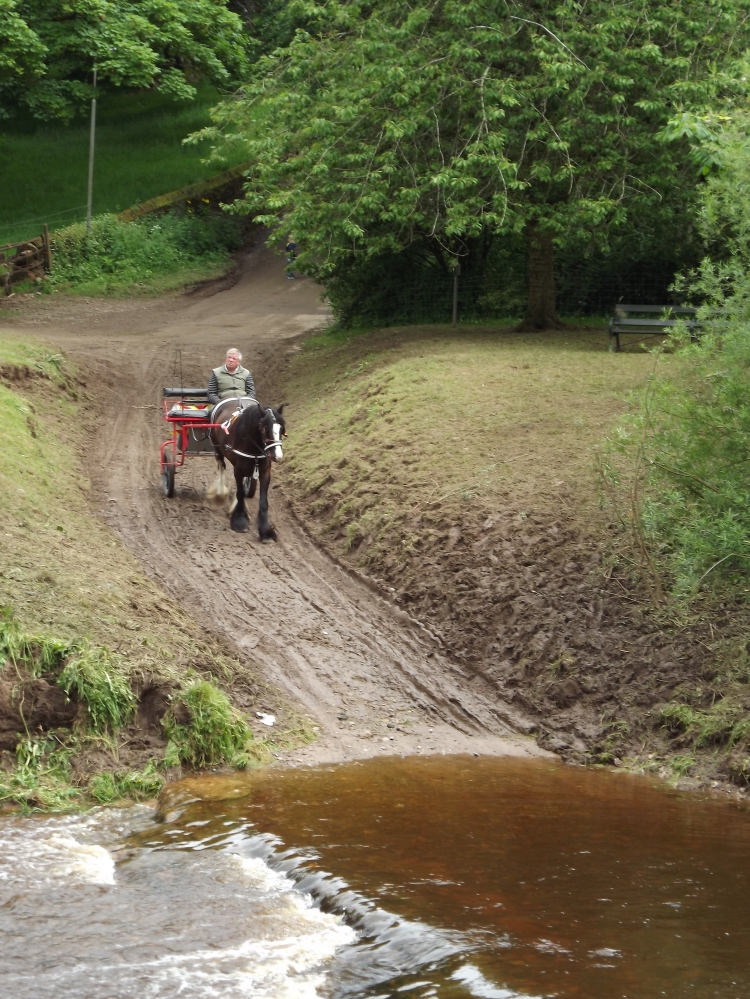
Sadly, with road widening, some of these important parts of our history are being swept away. The grubbing out of hedgerows, building developments and mercenary raids on open spaces are taking away a lot more.
And there is – certainly in England – a presumption against people using our bits of No Man’s Land for traditional purposes.
Which is a pity, I think…
I just learned the word dingle on an episode of Escape To The Country this morning and now I’ve just learned more about the term No Man’s Land!
LikeLiked by 1 person
George Borrow camps in Mumper’s Dingle in his book Lavengro. A Mumper is a tramp.
LikeLiked by 1 person
It’s not just road-widening – some of the aitchin-tans are being deliberately blocked off by large boulders and the like just to stop the Appleby Travellers from using them on the way! I always find that sad and annoying.
LikeLiked by 1 person
they are and I resent my council tax being spent on the doing of it while essential services are being cut.
LikeLike
me too!
LikeLiked by 1 person
The GRT communities are repeatedly and systemically discriminated against. There is no good reason why good quality aitchin tans can’t be provided throughout the UK, the real reason is of course for greed for profit and prejudice against a way of life which frankly should be celebrated.
LikeLiked by 1 person
I quite agree.
LikeLiked by 1 person